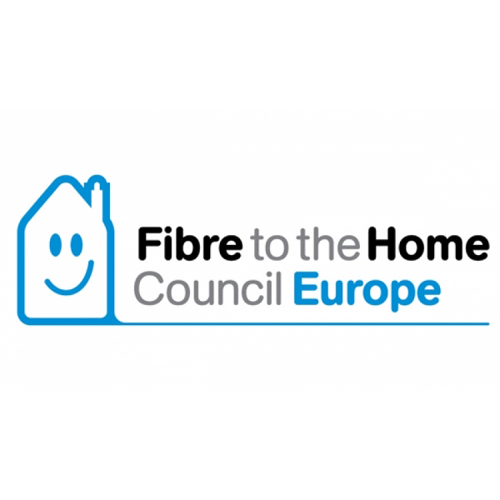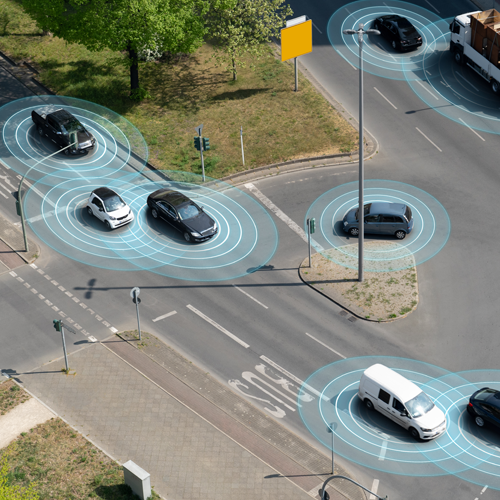Next 1 2021

FTTH Council presents the market panorama: forecast 2021-2026
During the December virtual FTTH Conference, the market forecast for 2020-2026 was revealed. In Q3/Q4 2020, growth in the number of Homes Passed was impacted negatively by 10% across Europe, however, the number of subscribers increased significantly (+5.6%). FTTH deployments remain resilient, during and post COVID-19.
The forecast predicts a significant surge in EU27+UK to around 202m Homes Passed for FTTH/B in 2026 (26.2 m in 2012). Some markets are expected to experience vast growth in Homes Passed by 2026 compared with 2019, including Germany (+730 per cent), UK (+548 per cent) and Italy (+218 per cent). In the country rankings, Russia is expected to continue leading in FTTH/B Homes Passed, though Germany is anticipated to come in in the 2026 ranking.

Prysmian at the virtual FTTH Conference 2020
During the most recent edition of the annual conference, Adrian Amezcua, Global Technical Sales of Telecom Solutions at Prysmian Group, introduced TCO and carbon footprint reduction innovations using advanced cable systems. During a Voice of Industry session (Panel Session 12) Adrian discussed key parameters influencing the overall cost of building a network such as fibre density and the field trial of more sustainable fibre-optic solutions.
Jan Schindler acted as moderator in Panel Session 9 - Voice of Industry and took part in Workshop 3a organised by GE, Comsof, Prysmian Group and ISTools.
Germany is preparing for a huge acceleration of FTTH deployments when concerns over the environment are greater than ever before. For this to become a success, every aspect of network design, deployment and management needs to be considered. The panel discussed access networks energy consumption and cable choice for increasing density, reducing carbon emission and reducing cost.
Trial shows 5G to be 90% more energy efficient than 4G
A three month trial, conducted on Telefonica’s network utilising Nokia’s AirScale technology, shows 5G RAN technology to be significantly more energy efficient than 4G. Rollout of technologies such as 5G and IoT will trigger vast upswing in data consumption, and network operators face the challenge of ensuring energy consumption doesn’t spiral out of control as a consequence. Test results highlighted that 5G RAN technology is significantly more efficient than legacy technologies when it comes to energy consumption per data traffic capacity. Several hardware and software features help save energy.
US Connected car vendors test Verizon's 5G Edge
According to Verizon, 4G LTE network technologies won't quite support the speed, performance or lower latency needed for the near real-time decision-making that can enable autonomous vehicles. As a solution, the company propose it’s 5G Edge mobile edge computing (MEC) platform. This allows developers to build applications for mobile end-users and wireless edge devices and will support Vehicle-to-vehicle (V2V) communications allowing autonomous vehicles to share information with other vehicles. Several automotive innovators in Dallas and Miami have now begun testing their solutions at the edge of Verizon's 5G network.
Alphabet’s Project Taara targets underserved areas
Alphabet’s X (formerly Google X), aims to enable affordable high-speed internet access for over 4 billion people who currently have no access, or slow access. Across Africa, Internet access costs are high and speeds are relatively low, partly as a result of difficulty laying underground cables. Alphabet plans to boost Internet connectivity in a pan-African project. This uses invisible light beams transmitted at high altitudes to provide high-speed Internet over long distances. Links between terminals should be capable of transmitting up to 20 Gbit/s and cover distances of up to 20 kilometres. Trials have already taken place in India and Mexico.
COVID-19: $43 billion Telecom sector impact
A study from Analysis Mason suggests telecom industry revenue will not exceed 2019 levels until 2023. According to the research, the industry saw a 2.7% overall drop in 2020. As people spent more time at home, revenue from segments such as roaming and prepaid dropped. The analyst firm did predict that a third of this loss would be recouped in 2021 with growth of USD13 billion (up 1% on 2020), assuming economic activity picks up again.
CAN$750m boost for Canada’s Universal Broadband Fund
Significant additional funding has been made available for Canada’s Universal Broadband Fund, on top of the CAN$1 billion made available when the fund was initiated in 2019. The funding aims to increase availability of high-speed connectivity to 98% of Canadians by 2026 and to the entire population by 2030.
"Now more than ever, Canadians need reliable access to high-speed Internet as we work, learn, and communicate with our family and friends from home,” said Prime Minister Trudeau. “We are continuing to bring faster Internet access to every part of our country, helping businesses grow, creating new jobs, and building a better Canada for everyone."
Japan and India cooperate on 5G
The Japanese and Indian governments are planning to work on telecommunications and digital infrastructure together. A proposed partnership will cover deployment of 5G technology in India, including the construction of submarine fibre cables. India, in turn, will be providing technology training to Japan. The countries also plan to cooperate on development and international standardization of 6G technology, expected for 2030.












